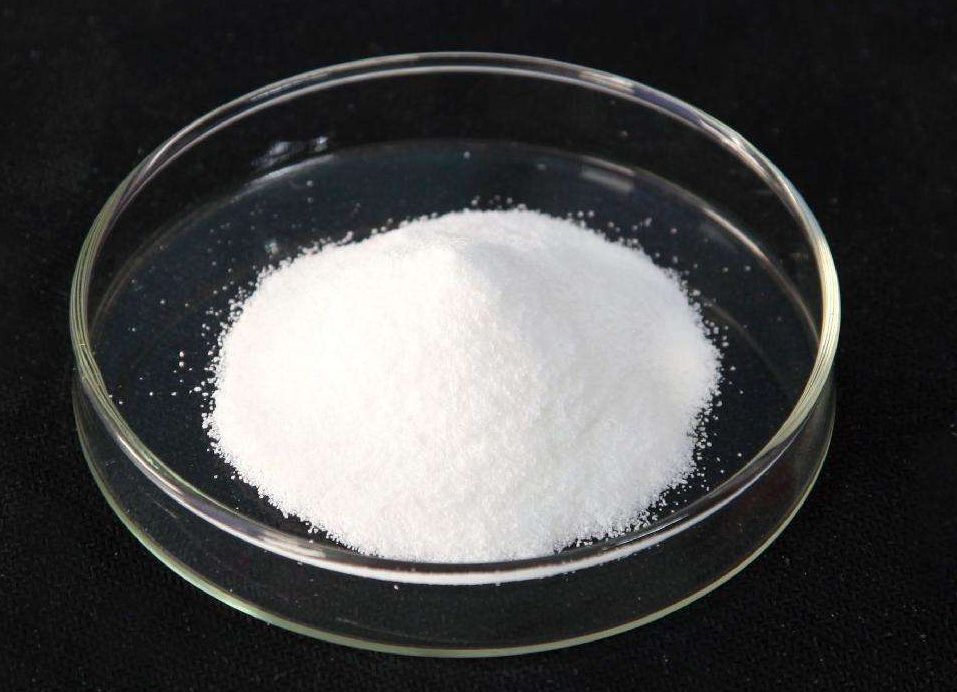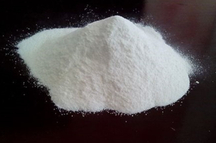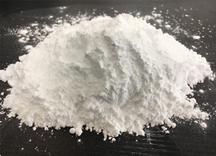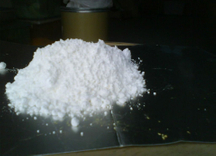
As the demand for sustainable and eco-friendly materials continues to grow, the importance of finding alternative solutions for traditional polymers becomes increasingly evident. In this article, we explore the environmental impact of traditional polymers and delve into the role of adipic acid in shaping the future of polymer production. By understanding the detrimental effects of conventional polymers on the environment, we can appreciate the significance of adipic acid as a sustainable solution. Not only does it offer a more environmentally friendly alternative, but it also enhances the performance and durability of polymers. Furthermore, we will delve into the future applications and innovations that adipic acid brings to the table, showcasing its potential to revolutionize the polymer industry.
The Environmental Impact of Traditional Polymers
Traditional polymers, which are widely used in various industries, have a significant environmental impact. One such polymer is adipic acid, which is commonly used in the production of nylon. The manufacturing process of adipic acid involves the emission of greenhouse gases, such as nitrous oxide. These emissions contribute to climate change and the depletion of the ozone layer.
In addition to greenhouse gas emissions, the production of adipic acid also generates a large amount of waste. The by-products of this process include solid waste and wastewater, which can have detrimental effects on ecosystems if not properly managed. The disposal of these waste products can lead to soil and water pollution, posing risks to both human health and wildlife.
Furthermore, the use of traditional polymers like nylon contributes to the issue of plastic pollution. Nylon products, such as clothing and packaging materials, can take hundreds of years to decompose. As a result, they accumulate in landfills and pollute the environment. Additionally, when nylon products enter water bodies, they pose a threat to marine life. Many marine animals mistake plastic debris for food, leading to ingestion and entanglement, which can be fatal.
To address the environmental impact of traditional polymers, alternative materials and production methods are being explored. One such alternative is biodegradable polymers, which can break down naturally in the environment without causing harm. These polymers offer a more sustainable solution, as they reduce the accumulation of plastic waste and minimize the use of fossil fuels.
Adipic Acid: A Sustainable Solution for Polymers
In today's world, the need for sustainable solutions is more pressing than ever before. As industries strive to reduce their environmental impact, the development of eco-friendly materials has become a top priority. One such material that has gained significant attention is adipic acid. Adipic acid is a key ingredient in the production of polymers, making it a vital component in various industries, including automotive, textiles, and packaging.
Adipic acid is a dicarboxylic acid that is primarily used in the production of nylon 6,6. It is produced by oxidizing cyclohexane using a two-step process. The first step involves the oxidation of cyclohexane to produce cyclohexanone, which is then further oxidized to yield adipic acid. This process results in the formation of water as a by-product, making it an eco-friendly alternative compared to other methods of adipic acid production.
The use of adipic acid in polymers offers numerous benefits. Firstly, it enhances the durability and strength of the final product. Polymers that incorporate adipic acid exhibit improved resistance to impact and abrasion, making them ideal for applications that require high-performance materials. Additionally, adipic acid improves the thermal stability of polymers, allowing them to withstand high temperatures without compromising their structural integrity.
Another advantage of adipic acid is its compatibility with other materials. It can easily be blended with various polymers, allowing for the creation of customized formulations to meet specific requirements. This versatility makes adipic acid a preferred choice for manufacturers looking to develop innovative products that cater to a wide range of applications.
Furthermore, the use of adipic acid in polymers contributes to a more sustainable future. The production of adipic acid from renewable sources, such as biomass, reduces the reliance on fossil fuels. This not only helps in reducing greenhouse gas emissions but also conserves valuable natural resources. Additionally, polymers incorporating adipic acid can be recycled, further minimizing their environmental impact.
Enhancing Performance and Durability with Adipic Acid
Adipic Acid is a versatile compound that plays a crucial role in enhancing the performance and durability of various products. This organic compound is widely used in industries such as automotive, textile, and consumer goods. Its unique properties make it an ideal additive for a range of applications.
One of the key benefits of Adipic Acid is its ability to improve the performance of polymers and plastics. When added to these materials, it enhances their strength, flexibility, and heat resistance. This is particularly important in industries such as automotive, where the materials need to withstand extreme conditions and provide optimal performance. Adipic Acid helps to ensure that the products have a longer lifespan and can effectively withstand wear and tear.
Another important application of Adipic Acid is in the production of nylon. Nylon is a widely used synthetic fiber that is known for its strength and durability. Adipic Acid is a key component in the production process of nylon, where it helps to improve the fiber's performance and durability. Nylon products made with Adipic Acid are resistant to abrasion, chemicals, and moisture, making them suitable for a wide range of applications, including textiles, carpets, and automotive parts.
In addition to its performance-enhancing properties, Adipic Acid also contributes to the sustainability of products. It is a renewable compound that can be derived from various sources, including petroleum and bio-based feedstocks. This makes it an environmentally friendly alternative to other additives that may have a higher carbon footprint.
The use of Adipic Acid in various industries is a testament to its effectiveness in enhancing performance and durability. Its unique properties make it a valuable additive for polymers, plastics, and nylon, resulting in products that are stronger, more flexible, and longer-lasting. Moreover, its renewable nature adds to its appeal as a sustainable solution for manufacturers.
Future Applications and Innovations
In the ever-evolving world of technology, the future holds exciting applications and innovations that have the potential to revolutionize various industries. One such innovation is the use of Adipic Acid, a versatile compound with a wide range of applications.
Adipic Acid, a dicarboxylic acid, is commonly used in the production of nylon. Its unique properties make it an ideal component for manufacturing various types of nylon, including nylon 6,6. This type of nylon is widely used in the textile industry, automotive industry, and even in the production of everyday items such as carpets and clothing. The use of Adipic Acid in nylon production not only enhances the durability and strength of the material but also contributes to its overall sustainability.
Beyond its application in nylon production, Adipic Acid has also found its way into the world of renewable energy. As the demand for cleaner and more sustainable energy sources increases, researchers have been exploring ways to utilize Adipic Acid in the production of biofuels. By converting Adipic Acid into a biofuel, we can reduce our reliance on fossil fuels and significantly decrease our carbon footprint. This innovative approach has the potential to reshape the energy industry and pave the way for a greener future.
In the field of medicine, Adipic Acid has shown promise as an effective drug delivery system. Its ability to encapsulate and protect active pharmaceutical ingredients makes it an excellent candidate for targeted drug delivery. By utilizing Adipic Acid as a carrier, medications can be delivered directly to the desired site of action, improving therapeutic outcomes and minimizing side effects. This breakthrough in drug delivery technology has the potential to revolutionize the way we treat various diseases and improve patient care.
Furthermore, Adipic Acid has also been explored for its potential applications in the field of agriculture. Studies have shown that Adipic Acid can enhance the efficiency of fertilizers by increasing nutrient uptake in plants. By incorporating Adipic Acid into fertilizers, we can improve crop yields and reduce the need for excessive chemical fertilizers, thus promoting sustainable agriculture practices.
Conclusion
In this article, the author emphasizes the environmental impact of traditional polymers like adipic acid, including greenhouse gas emissions, waste generation, and plastic pollution. The author argues that industries should adopt more sustainable practices and explore alternative materials to mitigate these effects. Adipic acid is presented as a sustainable solution for polymer production, with its unique properties enhancing the performance and durability of materials. By utilizing adipic acid, manufacturers can contribute to a greener future while still meeting customer demands. The versatility of adipic acid is highlighted, with its application in various industries such as automotive, textile, and consumer goods. The compound is said to improve the quality and lifespan of products while also being renewable and environmentally friendly. The article concludes by stating that ongoing research and development of adipic acid will lead to even more exciting discoveries and applications in the future, contributing to a brighter and more sustainable future.

















